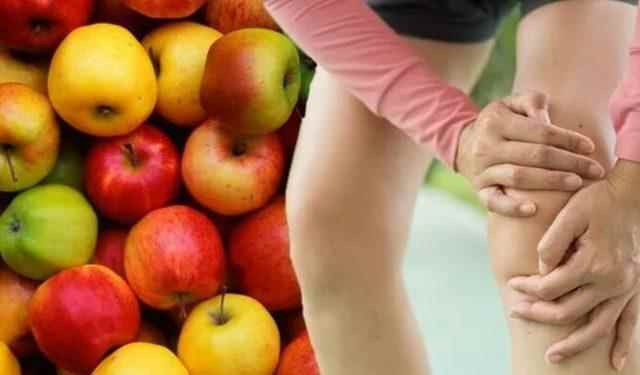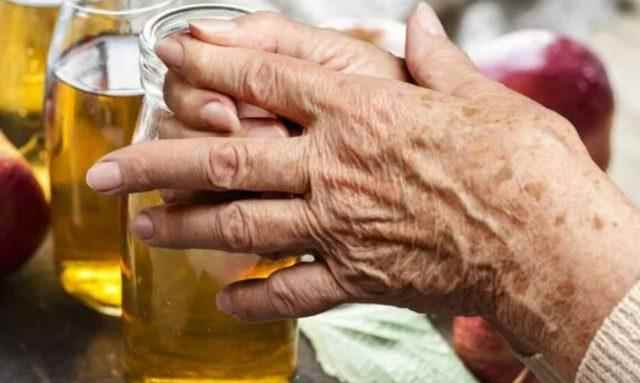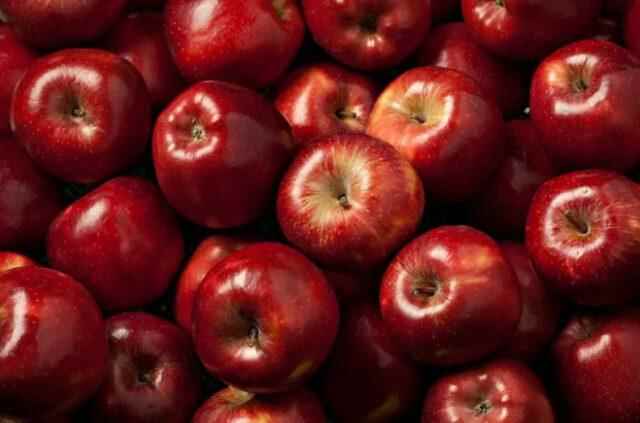Arthritis is inflammation of the joints. This condition, which usually occurs in the ankles, knees, hips, wrists and fingers, causes life-limiting pain. Arthritis can be divided into several forms, and the most painful is gout. The condition caused by high uric acid levels occurs when sharp needle-like crystals form in the joints. According to some studies, the unsweetened juice of two fruits can trigger painful attacks that last for days or weeks.
PEOPLE AT RISK OF GUT MUST CHANGE THEIR DIET
According to experts, anyone at risk of gout is advised to “limit or avoid sugar-sweetened foods, such as sweetened cereals, baked goods, and candies.” The health agency adds: “Limit your consumption of naturally sweet juices.”
BEWARE OF APPLE AND ORANGE JUICES

Findings of a study published in the journal Hypertension in 2007 showed that unsweetened fruit juices and fruit increase the incidence of gout. Other recent epidemiological evidence suggests that sugar-free soft drinks increase serum urate, supporting the idea that fructose intake has a negative effect on urate metabolism. Some studies have linked the juices of apples and oranges to an increased risk of developing these attacks.
FRUIT PURCHASING AMOUNT MUST BE MANAGED

In one study, men who drank two or more glasses of juice a day were almost twice as likely to develop gout as those who drank less than one glass a day. Peter Simkin, MD, told the Arthritis Foundation that this does not mean that both fruits should be removed from your diet. The professor explained that probably the most important thing is to manage the amount of fruit intake.
PAY ATTENTION TO PORTION SIZE

The Arthritis Foundation adds: “It’s especially important to pay attention to your portion size when it comes to juice.” This is because the juice contains a more concentrated amount of fructose, which can cause complications for anyone at risk of gout.
WHAT ARE GUT SYMPTOMS?

- intense joint pain
- swelling and redness
- restriction of movements
